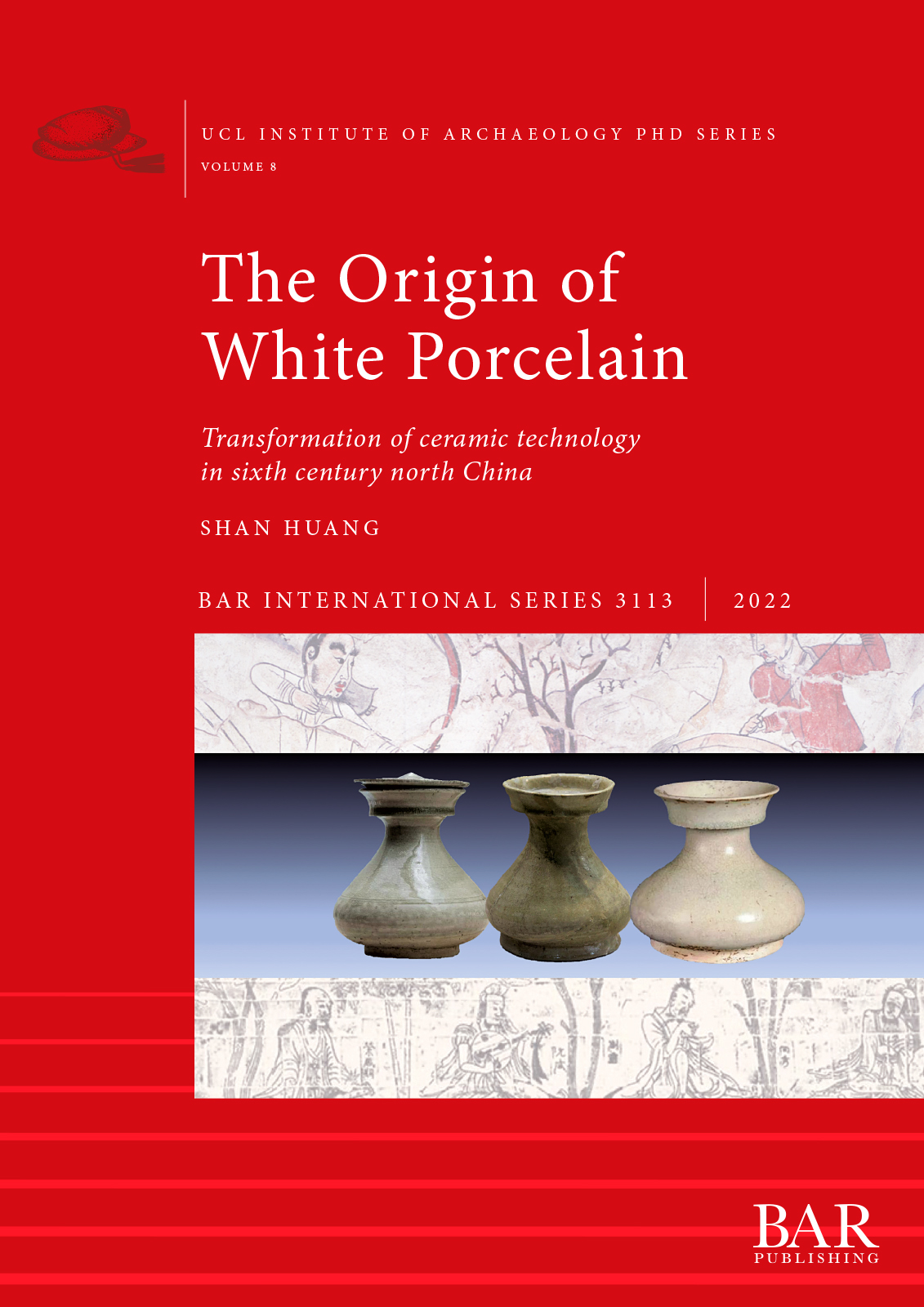The sixth century saw a major transformation of ceramic technology. It initiated an era characterised by porcelain and polychrome decoration that overturned the earlier pattern of earthenware and stoneware production that had been used for thousands of years. However, the process of this dramatic transformation has been unclear. The Origin of White Porcelain focuses on the typo-chronology of three major categories of glazed ceramics recognised with in-situ pXRF analysis of items discovered from sixth-century burials in north China. It examines the chemical and mineralogical compositions of the body and glaze, the glazing methods and firing conditions of selected samples with optical microscopy, scanning electron microscopy with energy-dispersive X-ray spectrometry (SEM-EDS), X-ray diffraction (XRD) and thermal expansion measurement. These provide insights into the innovation of lead-glazed earthenware, the transfer of ash-glazed stoneware technology and the emergence of the earliest white porcelain. The social dynamics that drove the transformation and integration of ceramic technology and its impact on the succeeding period are discussed.
AUTHOR
Shan Huang has studied Chinese ceramic technology and trade over the past twenty years at Peking University, the Chinese Academy of Social Sciences and University College London. She has developed a multi-disciplinary approach to archaeology, archaeometry and art history to research ancient ceramics.
https://www.barpublishing.com/the-origin-of-white-porcelain.html
BAR has offered a 20% off discount code for all SEAA members. You can access it via the member's area.

